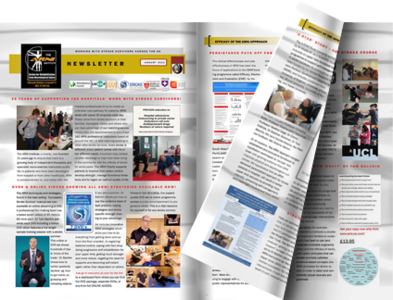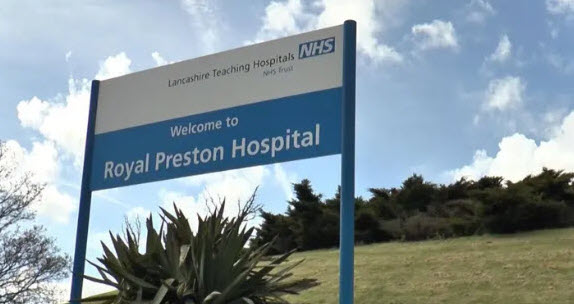The announcement from the Royal Preston Hospital that it will begin offering 24/7 thrombectomy services by February 1st, 2026, is a major milestone for stroke care in Lancashire and South Cumbria.
This initiative addresses a critical issue that has long plagued stroke treatment; the disparity in care between in-hours and out-of-hours presentations. For patients with severe ischemic strokes caused by a large vessel occlusion, a mechanical thrombectomy is a game-changing intervention that can dramatically improve functional outcomes and reduce long-term disability. Its effectiveness, however, is highly time-dependent, making round-the-clock availability not just desirable but essential.
The situation at Royal Preston highlights a systemic challenge. While some UK hospitals have offered 24/7 thrombectomy for years… St George’s in London was an early pioneer, with others like Barts Health and University Hospital of North Midlands (UHNM) following suit… many still operate with limited hours.
A 2022 Stroke Association report indicated that only a minority of thrombectomy centres were offering 24/7 cover, with many still operating on a limited-hours basis. This has led to a persistent postcode lottery of care, where a patient’s chance of a good recovery is tied to their location and the time of day their stroke occurs. Nottingham’s Queen’s Medical Centre also recently transitioned to a 24/7 service in October 2025, further adding to the growing number of centres providing continuous care. However, to achieve full national coverage, the UK needs to overcome significant hurdles, primarily chronic underfunding and a shortage of specialised interventional neuroradiologists.
Given the historical pace of implementation and the current workforce limitations, making a precise prediction about when the entire UK will achieve 24/7 thrombectomy coverage is hard to do; despite ambitions set by national bodies, past targets have been missed. A realistic, though optimistic, forecast suggests that it could be another five to ten years before all eligible patients across the UK have consistent, 24/7 access to thrombectomy.
Full coverage will require a concerted and well-funded national effort to increase the number of trained specialists, improve hospital infrastructure, and ensure efficient patient transfer pathways.Some countries with well-integrated neuroscience centres, such as Germany, Holland, Canada and parts of the US have achieved significantly higher thrombectomy access rates and broader 24/7 coverage than the UK, demonstrating that this goal is achievable with sustained investment and strategic planning.



